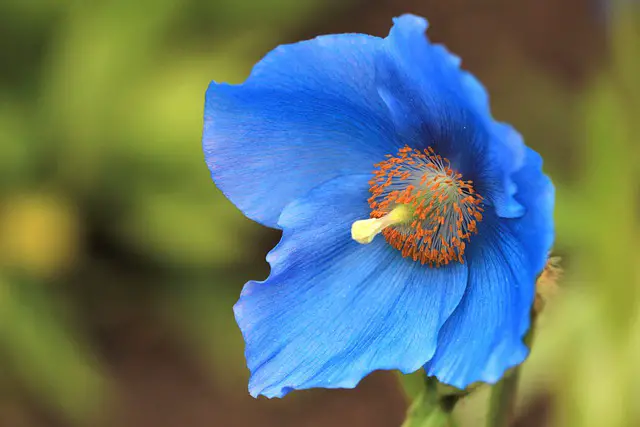Some amazing plants that repel bees and wasps

If you have a lovely house but do not have a garden then it must feel like something is absent. Garden or greenery makes us happy because no matter how far humans have excelled in technology they do need to be close to nature for a healthy lifestyle. We feel much more relaxed in the morning if we have a cup of tea, catching sight of lush green grass in the garden. Greenery makes us comfortable and provides peace to the mind a great deal.
Flowers want bees for pollination, but that doesn’t mean we want the danger of a sting looming in our garden. Whether you’re allergic or not, bees and wasps can briskly put a damper on time spent outside. This summer, don’t let the fright of being stung keep you from thrilling yourself. A few changes to your backyard or front garden can produce a big difference when it comes to repelling bees and wasps. Aside from the wasps, get rid of the flies on the Patio with this article How To Get Rid Of Flies On My Patio. DIY Tips And Other Options. – Mere Elegance Decor
Of course, if you have trouble with either bees or wasps around your area, reach your local Pest Control office and seek the help of the specialists to get rid of them and prevent them from returning.
Plants effective in repelling bees and wasps
Cucumber
Amazing facts about cucumber, how it repels the wasp and bees. This famous vegetable not just makes a good addition to summer salads, but also keeps bees and wasps out. Bees and wasps aren’t much fond of the bitterness of the tartish cucumber peels.
Using cucumbers in your backyard or front garden can be done in a few different ways. You can cultivate cucumber plants themselves, produce fresh products for snacks and salads, or you can use peels throughout the garden. However, cucumbers are tropical vegetables, requiring cozy weather and ample moistness, If you do choose to seed them.
Pennyroyal

Pennyroyal has a fragrance related to mint, which indicates bees and wasps don’t like it at all. A rather small plant, 6-12 inches in height, pennyroyal is a promising choice for containers. This plant is very easy to cultivate, but be sure to water it continually so that it will not dry up.
Pitcher Plants
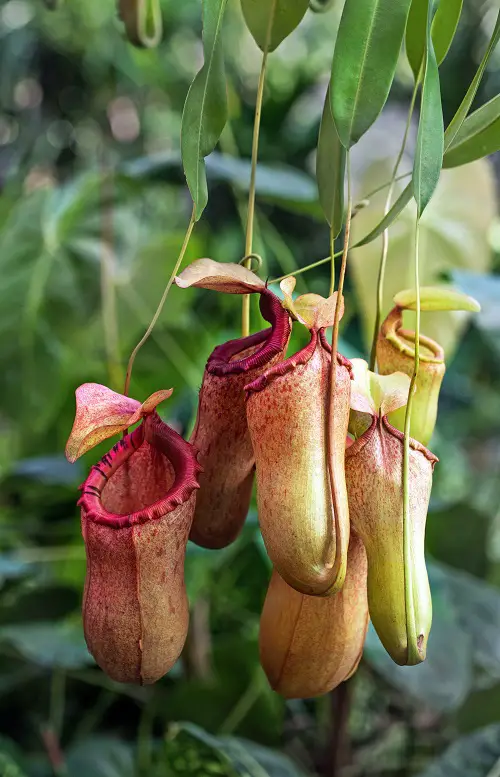
These plants help a little more contrarily than the others on this list. Rather than preventing bees and wasps, pitcher plants aid control them. Pitcher plants are carnivorous, trapping and ingesting pests for their nourishment. Pests are enticed into the flower, within which a slippery surface causes them to fall into a pool of water and drown. In addition to that, if you want to know some of the best herbs that you can grow all year long, this article is here to help Indoor Water Plants and Herbs That You Can Grow All Year Long
This variety of flowers can be complicated to care for, as it needs only rainwater or cleansed water and can not tolerate tap, bottled, or filtered water. The buildup of minerals in those types of water can be harmful to pitcher plants because they have developed to instead obtain minerals from the insects they catch. Pitcher plants also need ample, direct sun.
When it comes to choosing flowers for your sanctuary, try to ignore blue, violet, and yellow-colored plants when credible, as these are a bee’s loved colors. Bees will be especially attracted to flowers of these colors. Also, trumpet-shaped flowers naturally make it more difficult for bees to detect the nectar and are therefore an impediment.
If you’re enduring extreme bee and wasp troubles or have concerns about your protection, do not think twice to call the insect control experts nearby.
Trumpet flower
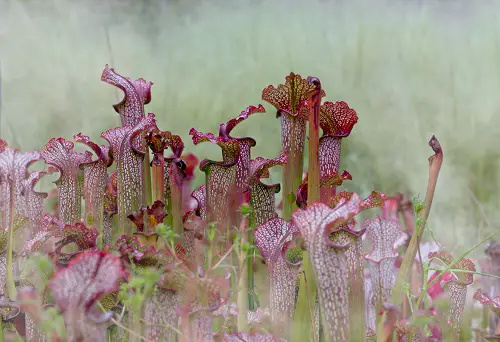
These flowers have a strange shape. Their strange shape makes it difficult for bees to detect nectar. They are not so attractive for bees because of their weird shape and will make them uninterested in looming over your garden. Bees and 2asps will find it hard to get the nectar out of these flowers. These flowers are the best option because they do not attract any additional flying insects.
These flowers have a wide range of buttercups, amaryllis, honeysuckle, and Narcissus. Try these to keep your garden pest-free.
Wormwood plant
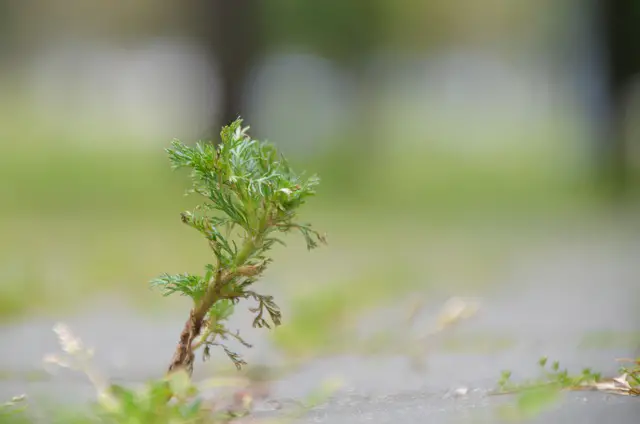
Naturally, these plants have long been used to repel pests. These are also known as Artemisia, these plants are often used by people as an insect deterrent. After you cut and dry them you can also use them as a bundle of leaves to keep moths and wasps away. They can be used both as live or dried. You can utilize them as barriers around your flower beds to protect other flowers safely to some extent. But do not plant them near any edible plants as they can slow down the growth of nearby plants due to the properties of insecticides. They need proper drainage with adequate temperature and grow through zone 4-8.
Lemongrass
LemonGrass has some properties to repel bees and wasps. It also can be a replant for other kinds of flying insects who hate this plant. It is a good insect repellent, especially for mosquitoes and wasps. Moist soil is required to grow this herb vastly and easily, another factor is the sunlight. It can also be used for cooking purposes, tea, and other applications. Its lemon scent is pleasing for humans but not for flying pests. It can be proved the best repellent against mosquitoes and flying insects. It grows well through 8 to 10.
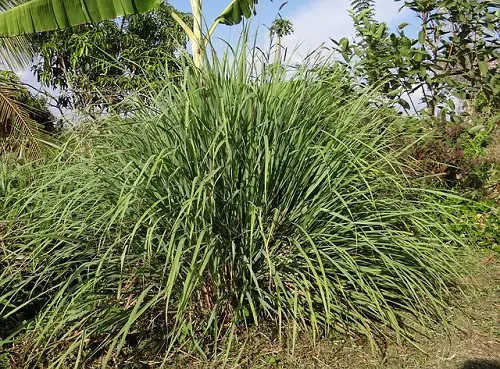
Citronella
Citronella is being used in many repellents against insects and pesticides. Its scent is used in candles to deter mosquitoes and other flying bugs. This plant has a pungent scent that is useful for keeping the wasps and bees away. This promising fact about this plant is that you can grow it indoors as well as outdoors. It is a useful and versatile plant.
You can place it near your patio doors if you want to place it indoors as it can be grown under direct sunlight. This plant does well in zone 8 to 12.
Thyme
Thyme has a pungent scent that keeps the wasps and bees away from your area. It can be used both as a dressing for salads or edible as well as the repellent to insects. You can easily purchase a bunch of them in pots and place them in the yards. It can be eaten as a culinary herb!
You lost nothing in case it can not be useful to repel the insects. Enjoy it in your salad dressing as a healthy herb. The best zone for this is 4 to 8.
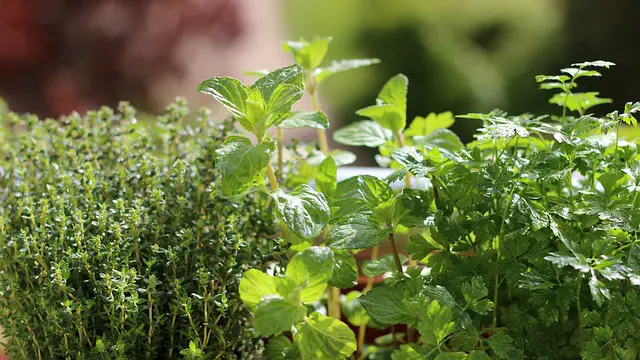
Cloves
Cloves have a sweet and spicy taste with a strong smell. Bees do not like its pungent scent. You can plant them in your garden to keep it safe especially from the stinging bees as they hate its scent. They are easy to grow and can do well in zone 2 to 10 after the frost of the first Autumn. Bees and wasps are not welcome, the same is the case of bugs and mosquitoes Want to Repel Flies, Mosquitoes, and Bugs Organically? Here Are 10 Incredible Plants For the Job
Marigolds
The very strange fact about this plant is that it has a flower that repels the bees. The strong scent of this flower keeps the bees and many other bugs away but the nectar will continue to attract the honeybees, they will land and feed on marigolds. You do not need to be worried about these plants as they do not need super care, plant them, water them and forget about them. Marigold is a hardy plant that needs regular watering and direct sunlight. Plant it directly into the soil, not in any pot because they need a lot of space, and done well from 9+.
To get the best results you can go for red and orange varieties of this plant.
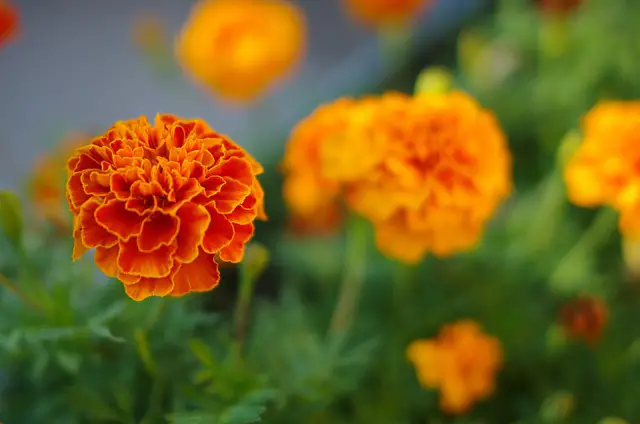
How can we prevent bees and wasps from the garden?
The stings of the bees can be very harmful especially when they sting around sensitive areas such as lips, eyes, and neck. To stop the bees buzzing around your garden you should avoid some plants. You can make these selections to keep them out.
Ignore bright-colored plants in your garden.
Colors are good for sight as they brighten up the dry soul. Color makes everything fresh. Bees are especially attracted to colorfulness. Try to avoid the flowers of primary colors like green, red, violet, purple and blue. Any bright-colored flower that stands out easily can be attracted to the bed and wasps. Bad luck! The most attractive plants contain dazzling flowers that employ these colors.
You can make two choices either a bright garden with bees or a colorless garden without the bees, no way around! Make your outdoors even more amazing with this Plant How To Grow And Propagate Pothos Plants
Try to combine some bee repellent plants with flower plants to keep the insects away
This can be useful to some extent. It depends on which kind of flower you are going to use. You can use thyme, clove, and citronella plants as a barrier to your flower beds to keep them secure. Lemongrass and the warm wood plant are other options; these are plants that have strong scents. Bees do not like their scent and prefer to avoid mumbling around them.
How to keep away bees and wasps from the plants?
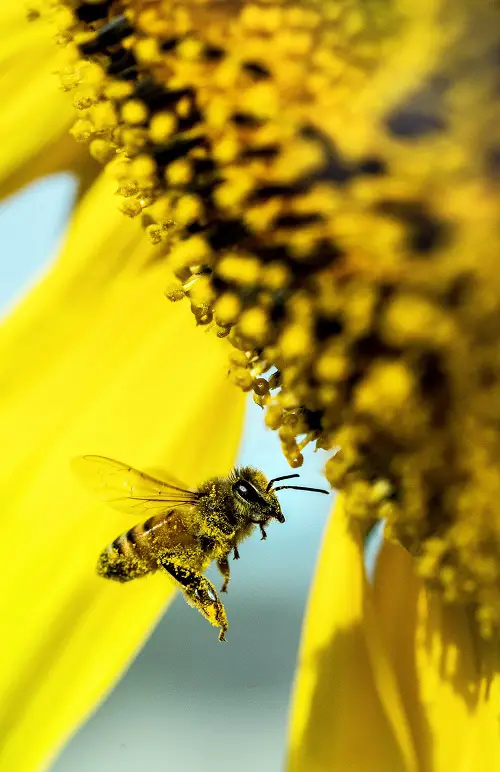
The bees and wasps do well for the echo system but you may not like them to loom over your garden. It is also very dangerous for toddlers as they want to discover everything. Most of the kids love to play in the garden. To keep every member of your family safe from these insects try these useful tips mentioned below
Geranium+Clove and Lemongrass oil blend
In research on pesticides control, it is found that a blend of geranium, clove, and lemongrass essential oils can repel wasps successfully. To keep the pests away put some water in a spray bottle with several drops of dish soap and a few drops of this oil blend. Spray the areas outside of your home where they are likely to build nests; porch roofs, under eaves, ledges, and crevices.
To get fast results try to find out those places where they already have built their nests because they prefer to utilize their old locations. Thinking of growing plants in your outdoor? This article is a must-read! Which is The Best Fertilizer for Garden Plants? Artificial or Organic, Which One to Choose?
A plain mixture of Water and Soap
You can demolish the hanging nests of wasps with a mixture of about two tablespoons of dish soap in a spray bottle filled with water. They can die instantly by soap as it can clog their breathing.
Try to use Peppermint oil
The strong smell of Peppermint oil and its bitterness can be harmful to wasps. Plus it creates a fragrance of freshness in its vicinity and can have some beneficial
Wasp Traps
You can utilize bottles, cut them in half and hang them with a wire near to the place where they have built their nest. Filled these trap bottles with sugar water to attack the wasps. You can order some wasp traps from online stores as well otherwise it is not hard to make one at home.
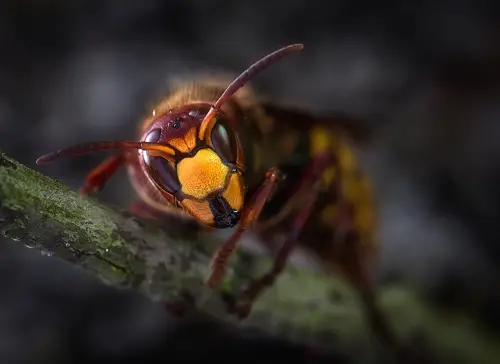
The proper disposal of waste
Bees and wasps can be attracted to the smell of food. Most people have problems with bees and wasps in the backyard. Sometimes with or without intention, people do not dispose of the waste material properly. The leftover food can invite bees and wasps. You can avoid this mistake by using tight cover bins and by sealing your outdoor bin properly.
Fill up the tiny Cracks
Discovering the bees and wasps inside your home is worse than having them in the garden. In the very first place stop them outside of your home by not coming from small openings. Try to fill up the cracks with a waterproof caulk or replace the casings of your windows as required. This should be done before winters and the beginning of the spring because in these seasons they become more active.
Brown paper bags
Most wasps and bees are extraterritorial. Fill a Brown paper bag with air, mold it into the shape of the bees or wasps nest. Then hang it to a place where you find the most.
Mothballs
Bees and wasps do not like the smell of mothballs. They are designed to kill the moth but you can use them outside with some sugar water to attract the bees and wasps. You can make a portable repellent which you can hang anywhere.
Dryer sheets
You can also use dryer sheets as a repellent for bees and wasps. They contain ingredients like linalool, which can be found in wasps, bees repellent plants; basil, lavender, and mint. These insects do not like the smell of dryer sheets and prefer to keep themselves away. To make an area pest-free use some dryer sheets, spread them out the back patio or wherever you need.


